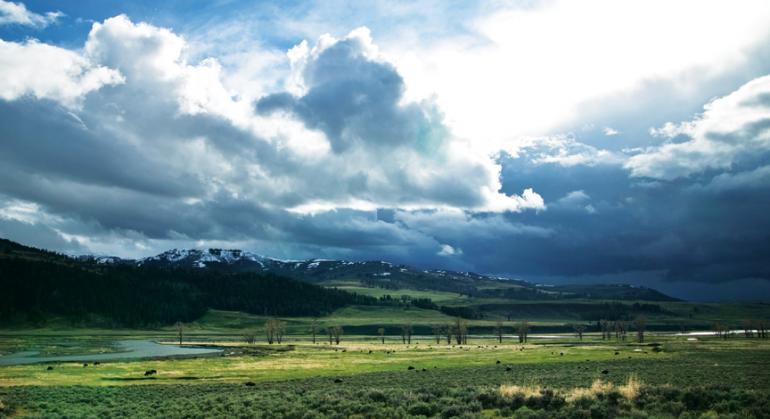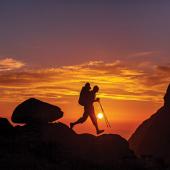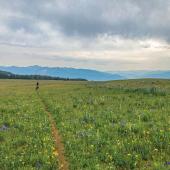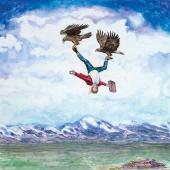What Is Best in Life?
Cocky nine-point elk sitting yards from the trail, parades of bison clogging the roads, playful coyotes mousing on the crusted snow: the Lamar Valley in Yellowstone Park was teeming with wildlife—and we got pictures of all of it. During a recent four-day photography class hosted by the Yellowstone Association Institute, we chased daylight across the valley, experimenting with composition, hiking to distant waterfalls, and taking thousands of photos. I learned an unbelievable amount, but the smallest detail—no cell service —really taught me the most.
At first, not being able to keep up on the latest news nearly sent me into a tailspin. After nearly four years of being tethered to a laptop and a smartphone, being cut off from the modern world felt unnatural. By the end of the trip though, I’d realized that being constantly bombarded by information is the truly unnatural practice. Our day-to-day lives are noisy with emails, 24-hour news feeds, music, advertisements—it doesn’t seem like a lifestyle humans were designed for. Hiking as far back into Pebble Creek as the deep snow would let me, I could enjoy the purity of a silent snowy canyon for the first time in years. For nearly an hour, I just sat down and observed the rock walls carved by millions of years of water, stress, and sun—and it left me far happier than any sitcom or blockbuster movie could ever make me.
But when I got back into the “real world,” the waterfall of information crashed back over me: my head spun with updates on the newest this, the latest that. As a culture, we seem almost obsessed with reading up on what’s happening right now. After spending only a little time out in the wilderness, I realized the obvious: we shouldn’t be asking, “What’s new?” but rather: “What’s best?” What should command our attention more than this voracious appetite for the novel?
In our latest spring issue, instead of writing about what has fought hardest for our attention, we’re discussing what deserves it the most. We’re giving an inside look at the female athletes in the Gallatin Valley on page 36. Terry Cunningham profiles humble, down-to-earth women around Bozeman—not hung up on sponsorships and celebrity—competing and performing just as hard (if not harder) than their male counterparts. From record-setting ultra-marathon finishes to nails-hard rock climbs, there’s almost nothing these gals can’t achieve.
Check out our touching tribute to Gallatin River’s House Rock on page 22. This massive, unassuming hunk of granite has been a nexus for river folk since boats first went down this stretch of water, having witnessed countless triumphs and tragedies. As a boater of nearly two decades, Dave Schroeder describes what makes this notorious piece of water so special.
And since spring brings about a change of season, nothing deserves our attention more than our impact and the change in our environment (page 68). No matter when you stand on the politics of the issue, it’s undeniable that something bad is happening. In her even-handed, non-partisan report, Senior Editor Kate Beaudoin outlines the deleterious effects global warming has been wreaking on the delicate ecosystem of Yellowstone Park. If we want our children to enjoy the Park we’ve come to know and love, the time for action is now.
So as the snow melts this spring, forget about what’s new. Leave it all behind, unplug from the whirlwind of everyday life, and find out for yourself what’s best.
Photo by James Sykes










